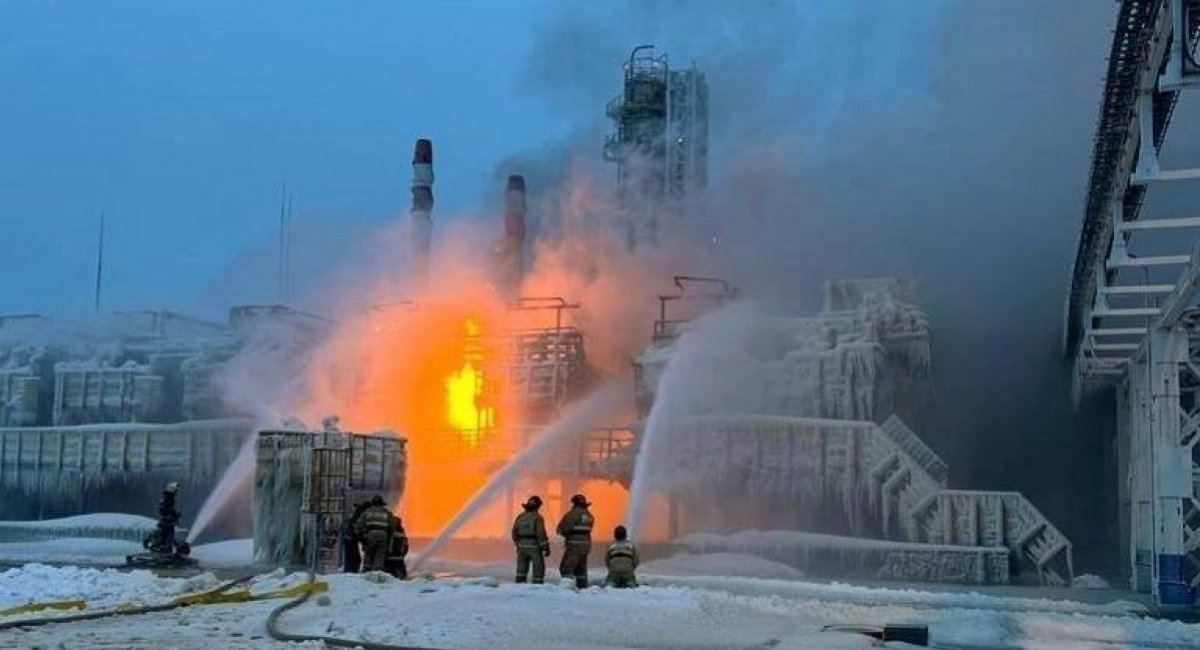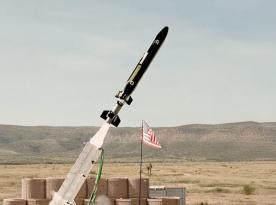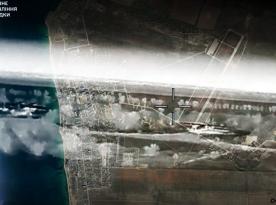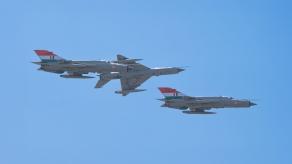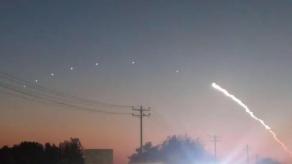Kamikaze drone attack was launched on the night of January 21st. Around 3:20 AM, local time, the explosive UAVs hit the biggest on the Baltic Sea russian complex for natural gas liquids fractionation, handling and transportation in Ust-Luga, belonging to Novatek company.
The photo in the head of the article shows the result of the strike, it was published by the Leningrad Oblast governor, and depicts the gas complex' most valuable element engulfed in fire. This part of the facility had been processing stable NGLs into light and heavy crude oils, gas, diesel fuel, and mazut. Before the strike, it looked like this:
Read more: Oil Depots, Military Facilities in russia Continue to Burn Due to Ukrainian Drone Attacks
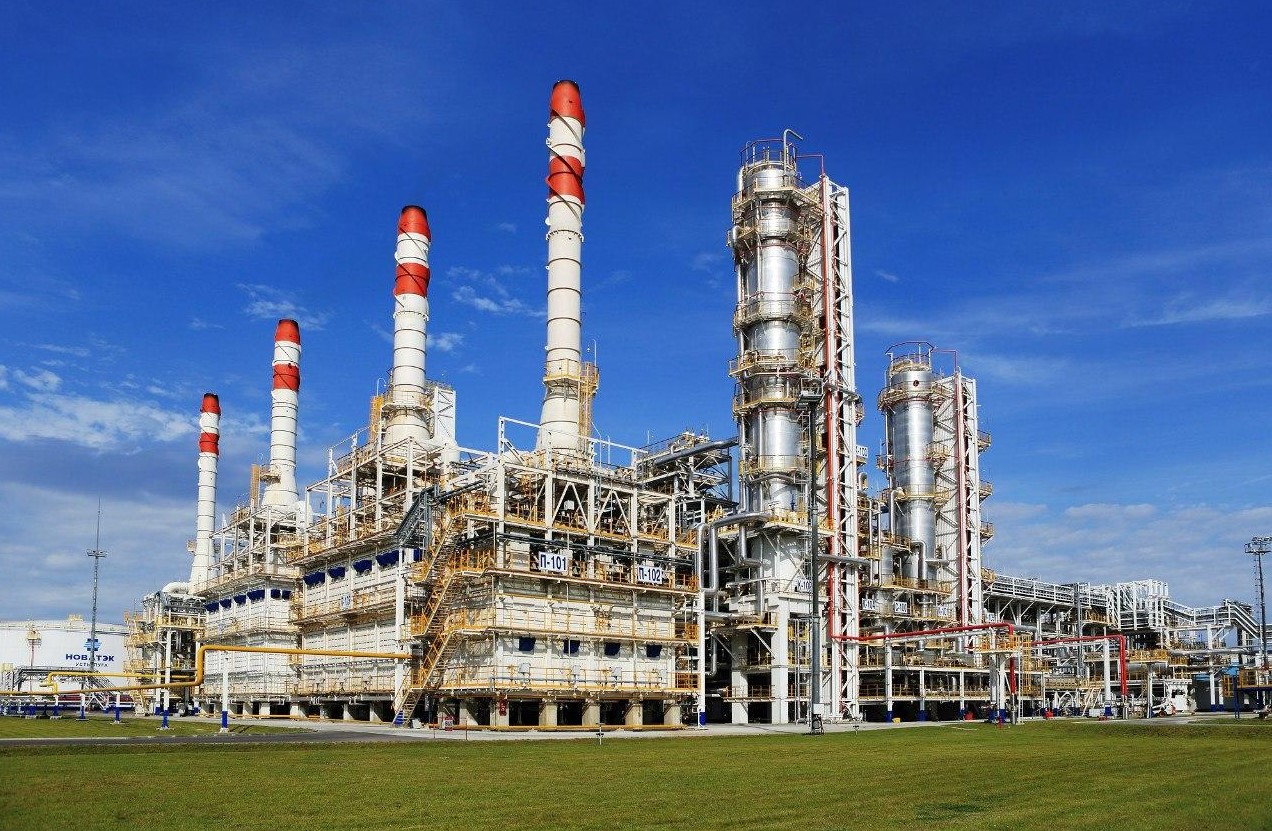
Some russian sources cite data that in 2022, it processed up to 6.9 tons of liquid gas, resulting in 6.8 tons of product, most of it going for export. According to local media, even when the strike hit, there were three large tankers nearby. The complex was commissioned in 2013 and was undergoing expansion in 2022.
The russian media report several drones hit the facility. The Ministry of Defense of russia said that some drones were taken down in the Smolensk Oblast but the success of the attack testifies that there are no effective air defenses deeper into the rear of russia.
While russia claims that the drones come from Ukraine, Kyiv does not comment on these strikes, although on an unofficial level, sources tell the media some details. In particular, Suspilne and 1+1.ua refer to their sources stating that the strike on Ust-Luga was organized by the Security Service of Ukraine. Worth noting, the port is located almost 900 km from the Ukrainian state border.

This was not the only drone attack on russia that night. Tula was targeted by explosive UAVs as well, particularly the Shcheglovsky Val industry where russia assembles its Pantsir anti-aircraft artillery and missile system, in both land-based and naval iterations. The plant also produces weapon stations and turrets for infantry fighting vehicles, including the Berezhok combat module intended for BMP-2M.
The russian Ministry of Defense reported a "successful repelling" of the attack, a hostile drone intercepted and destroyed over the Tula Oblast at 23:50 local time. As of now, the consequences of this aerial strike attempt are unknown.
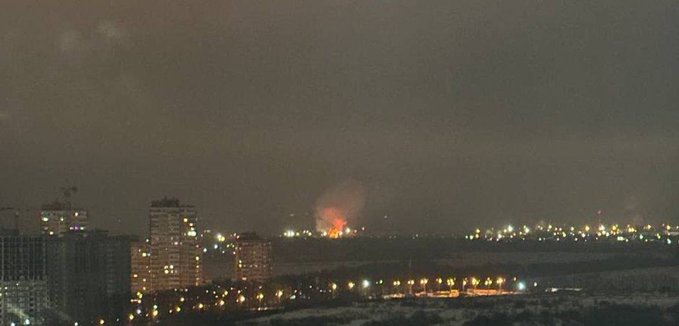
For a background, this series of drone attacks comes third over the past few days, the previous ones targeting an oil depot in Klintsy, the the Tambov Gunpowder Plant on the night of January 19th, and an oil terminal in St. Petersburg a day prior, on January 18th.
Read more: Where to Obtain Additional T-72 and T-80 Tanks for the Ukrainian Armed Forces?



